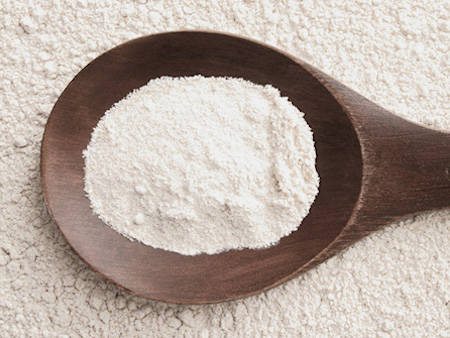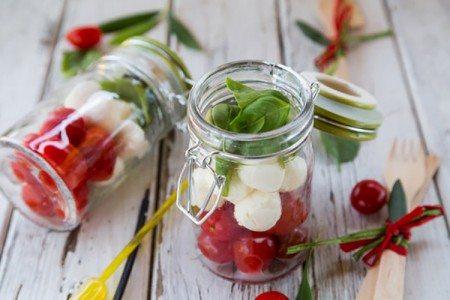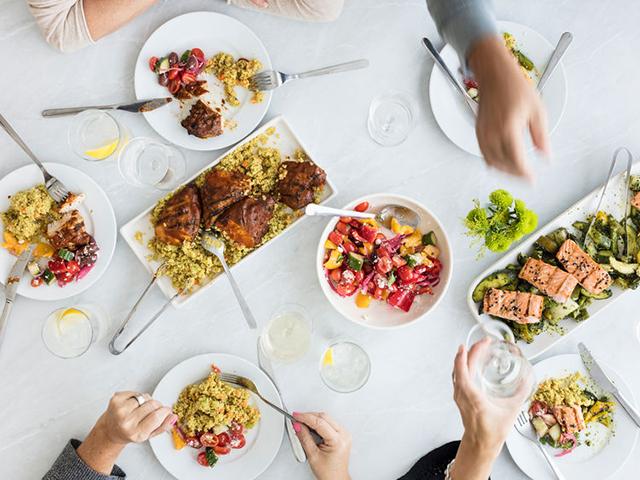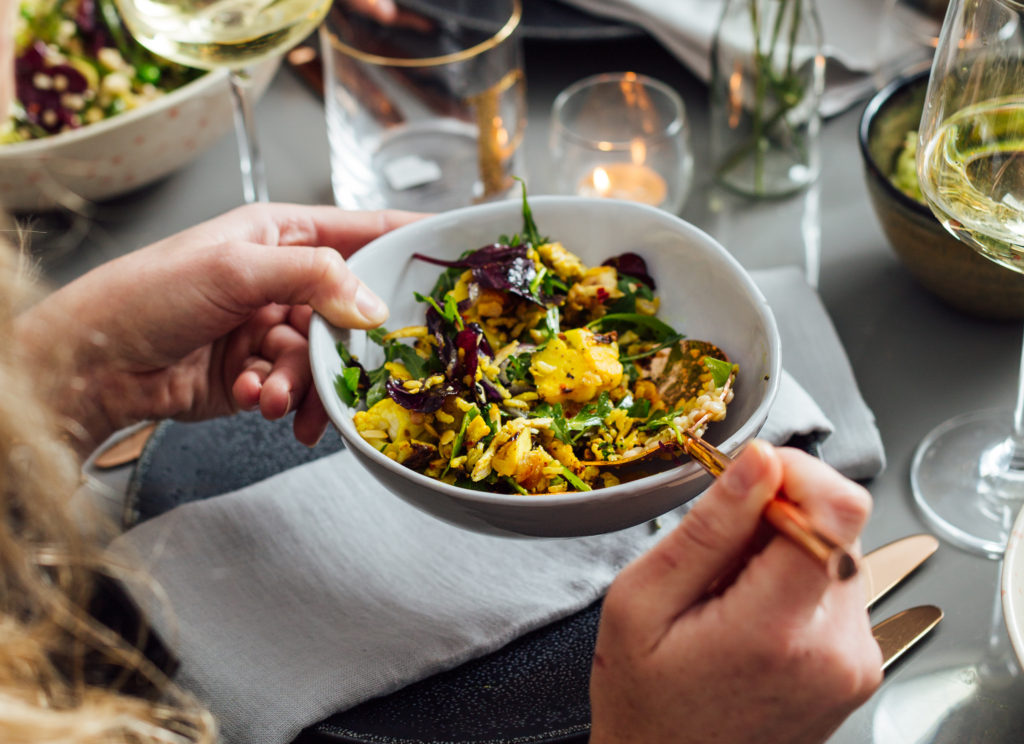“Just one more bite,” say the eyes to the mouth.
“Ok, the last one, then we’ll leave the rest,” replies the mouth.
If you’re a food lover—or a female—this may be a familiar interior monologue, which usually leads to the unsurprising ending: “I’m full,” says the stomach to an empty plate.
Why is it that we continue to eat till we pop? Aside from wanting the flavour to continue—and having little to no self-control—from a young age, we were taught not to waste our food. As a child, a stray pea on the plate was reprimanded with the reminder that “there are starving kids in Africa.” And despite this being a mother’s ploy to get us to eat our greens, it turns out, the guilt was warranted: the amount of food waste produced globally each year is more than enough to feed the nearly one billion hungry people in the world.
The Situation:
There is a difference between food loss and food waste. Food loss is where food is thrown out or parishes during processing; it is typically a problem in developing countries. Food waste occurs when perfectly good food makes it to the end of the supply chain but doesn’t get consumed, which (surprise, surprise) tends to be more dominant in developed countries. Currently, one-third of food produced for human consumption is lost or wasted. That’s about 1.3 billion tonnes of nom-worthy edibles per year, and less than a quarter of it could feed hungry people the world over.
Unfortunately, Australia is a culprit in the waste-making racket. We discard up to 20% of the food we purchase, which is the same as putting one in every five grocery bags straight in the bin. It is also the equivalent of $8 billion dollars worth of food each year, which could be spent elsewhere.
The Solution:
So were you right to stuff yourself silly? Sadly no, that’s not helping anybody. All you need to do is implement small changes to your daily habits—at the grocery store, at home and during meals—that can make a big difference to food wastage. And it just so happens they’ll help you to save money, too.
Stick to the script
Make a shopping list and only buy what you need. We all know how tempting those yellow bargain tags can be; “why would I buy one avocado when I can buy seven for only double the price?” But be realistic and only buy what you’re actually going to use because you’re not saving money if it ends up in the bin.
Just as we come in all shapes and sizes—and we’re perfect just the way we are—so do fruits and vegetables. A lot of fresh produce (estimated 20-40%) doesn’t even make it to the shelves because it doesn’t look the way we think it should. To prevent this, shop Harris Farm Markets’ ‘Imperfect Picks’ range which offers the largest variety of ‘funny looking’ produce for up to 50% less than the regular price. Woolworths also has a range called ‘The Odd Bunch,’ or you could pick up your fresh fruit and veg from your local farmers’ market.
Store food correctly
Correct storage can make a huge difference to the lifespan of your food. I’m sure we’ve all put our avocados next to our bananas to ripen them but did you know that you shouldn’t put onions with potatoes? FoodWise have some handy hints on how and where to store certain produce.
Be aware of expiration dates
Turns out those expiration dates aren’t always to do with food safety. According to FoodWise, we should abide by the ‘use-by’ date but ‘best before’ can mean still good after … use your senses for that one. Another good trick is to practice ‘first in, first out’ when unpacking groceries. Place your new products at the back and shift the older ones forward so you know to use them first.
If you’re unclear about the shelf life of certain products, the USDA has created a nifty app called FoodKeeper, which can help you out.
Try your hand at preservation (can it, pickle it, juice it)
Preserve your food. Soft fruit is still good in smoothies, slightly wilted vegetables can be used in soups and both can be made into a nutritious juice. Overripe bananas may not be a good snack but they’re ideal for banana bread and just about anything can be put in a dip or sauce, right? Better yet, learn how to pickle your vegetables and can your fruit.
Monitor what you’re chucking
Take note of the foods you are regularly throwing away and make a change. If you toss half a loaf of bread each week, freeze it as soon as you buy it. If you purchase carrots by the bag but never eat them all, start buying singulars. If you often make tacos and end up chucking the leftover iceberg lettuce (raises hand), use it to inspire your next meal instead…San Choy Bau, anyone?
Make friends with your freezer
When it comes to keeping food, the freezer is your most useful asset. Freeze excess foods or liquids in airtight containers or freezer bags in the portion you’ll defrost and serve them in. Be sure to note the date you froze them and consume within their shelf life—for most items, three months is safe.
Get culinary creative
Treat your fridge like a mystery box and Masterchef it up. When you’re planning on ordering a takeaway or know things are reaching their end, get inventive. If you have vegetables in the fridge, grains in the cupboard or even some eggs on hand, throw it all in a nourish bowl with a dash of lemon or sauce. Still struggling for ideas? Simply pop in three ingredients you have on hand and it’ll generate some recipes that use them.
Nose to tail (so to speak)
Not the most delicate analogy—and I’m not suggesting you start eating pig’s ear—but why not leave the skin on the carrots and use the stalk of the broccoli? In fact, vegetable skins often contain the most nutrients so they can be extremely good for you; just be sure to buy organic or wash them well before hanging up your peeler.
Don’t be embarrassed to doggy bag
These days, even fine dining restaurants won’t turn their nose up at a doggy-bag request. Not only does it show that you enjoyed their food so much you want to eat it tomorrow, but it makes good use of something that’s going straight in the bin. Just make sure you actually eat the leftovers!
Donate your food or time
If you’re a licensed food caterer, donate what you don’t use to charities such as OzHarvest and Foodbank or find an alternative close to you. If not, why not get involved with some of their initiatives, donate cash or your time? Zambrero has a ‘Plate 4 Plate’ program where every burrito or bowl sold in their restaurants translates to a meal donated to someone in need.


























